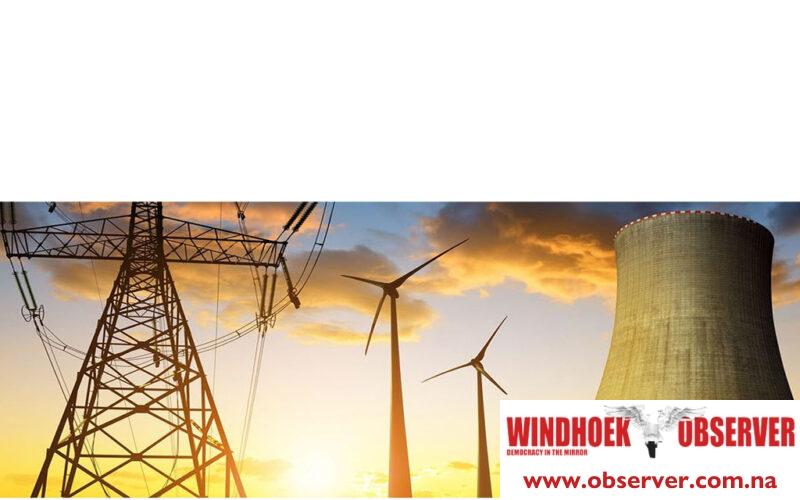Chamwe Kaira
Deep Yellow, which is developing the Tumas Project in the Erongo Region, has released an update on the uranium market in a report titled Uranium Demand and Supply Equation – A Total Mismatch.
Managing Director John Borshoff said China continues to show strong growth, the European Union supports nuclear energy, India is projected to become the world’s third-largest economy by 2027, with nuclear as a key energy source, and the Middle East is advancing its nuclear ambitions.
Borshoff said uranium supply has declined for over a decade. He noted that Kazatomprom appears to be in trouble, while Cameco is not willing to start greenfield projects at current prices.
Cameco is the world’s largest publicly traded uranium company, based in Canada. Kazatomprom is Kazakhstan’s national operator for uranium and nuclear exports.
“Mothballed operations starting up are only replacing diminishing underfeed material. Future supply growth is completely dependent on greenfield projects,” said Borshoff.
He said the supply sector faces major challenges, and an impending imbalance could emerge suddenly and in dramatic fashion.
Borshoff said Russia, Kazakhstan, and Niger are driving current supply growth, but Kazakhstan’s contribution is expected to decline significantly over the next decade.
On the Tumas Project, Borshoff said the mine’s life has been extended from 22.5 years to 30 years due to a new ore reserve estimate. A bank has been appointed to arrange project financing, which is progressing.
He said Deep Yellow is positioning itself to begin building greenfield projects.
“Uranium market backdrop creates exceptional opportunities in the post-Fukushima supply reconstruction era and taking advantage of an assured supply shortage further exacerbated by a bifurcated market..
He said the company has a strong financial position with A$227 million in cash (A$238 million including cash equivalents). The funds will support the development of Tumas and other growth plans.
Borshoff said Deep Yellow is on track to become a reliable long-term uranium producer, offering supply security with geographic diversity.
According to the International Atomic Energy Agency, uranium is the main fuel for nuclear reactors and must be managed safely and sustainably. Global uranium production ranges between 55,000 and 65,000 tonnes annually, which is close to current fuel demand. Thorium is also being explored as a potential alternative nuclear fuel.




